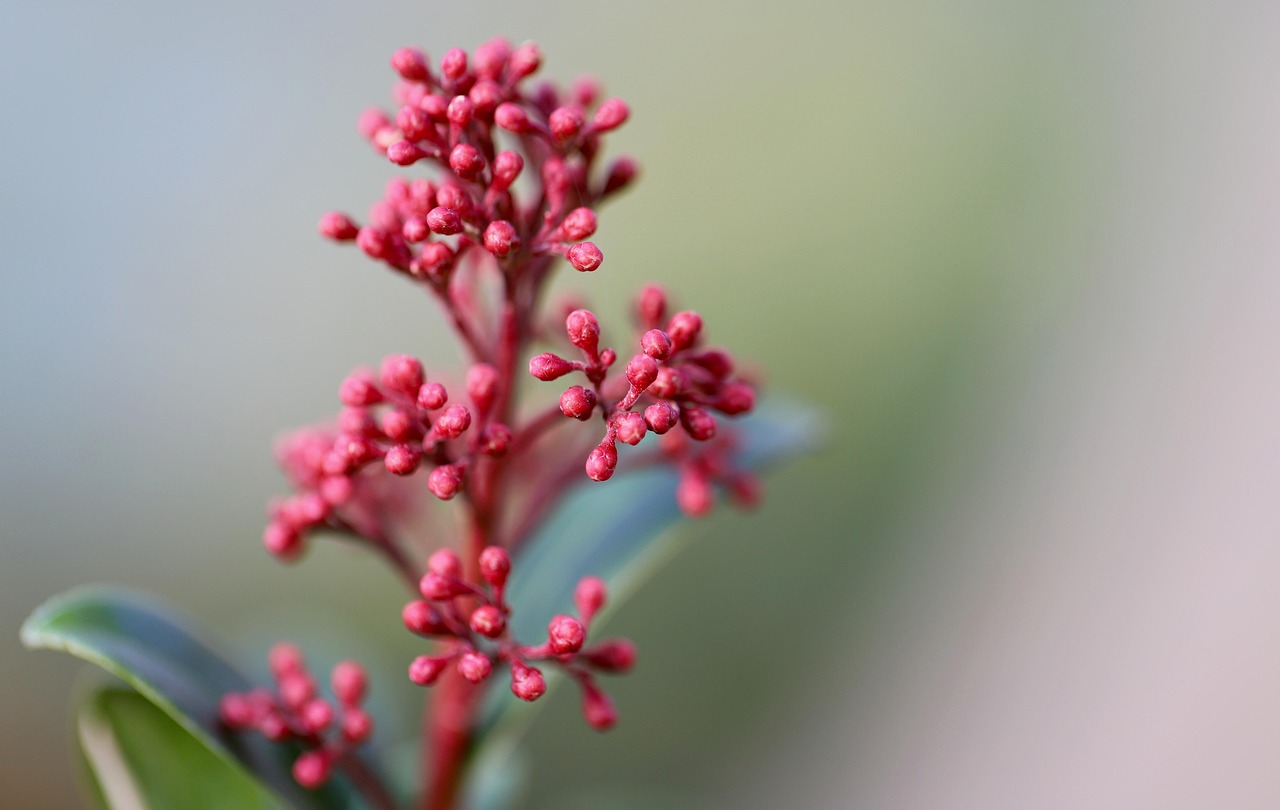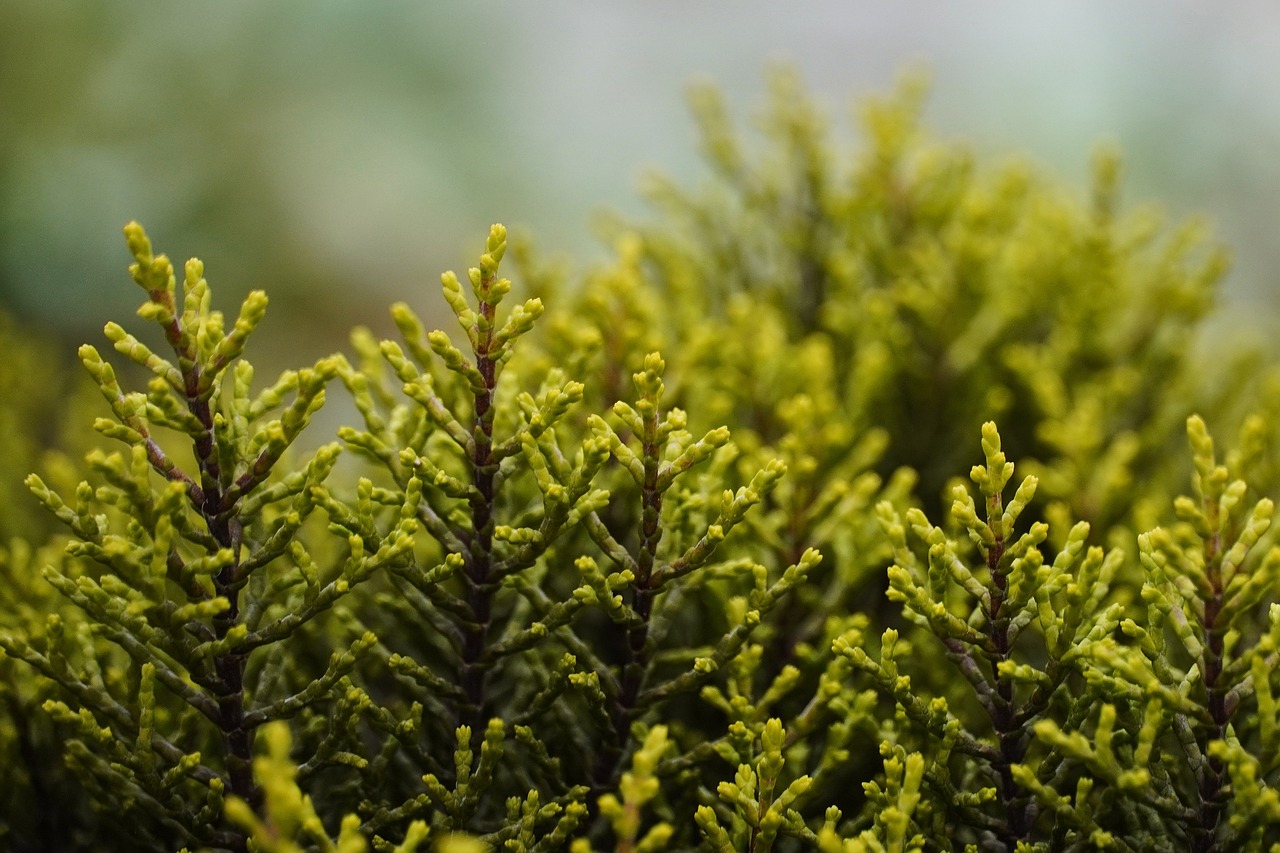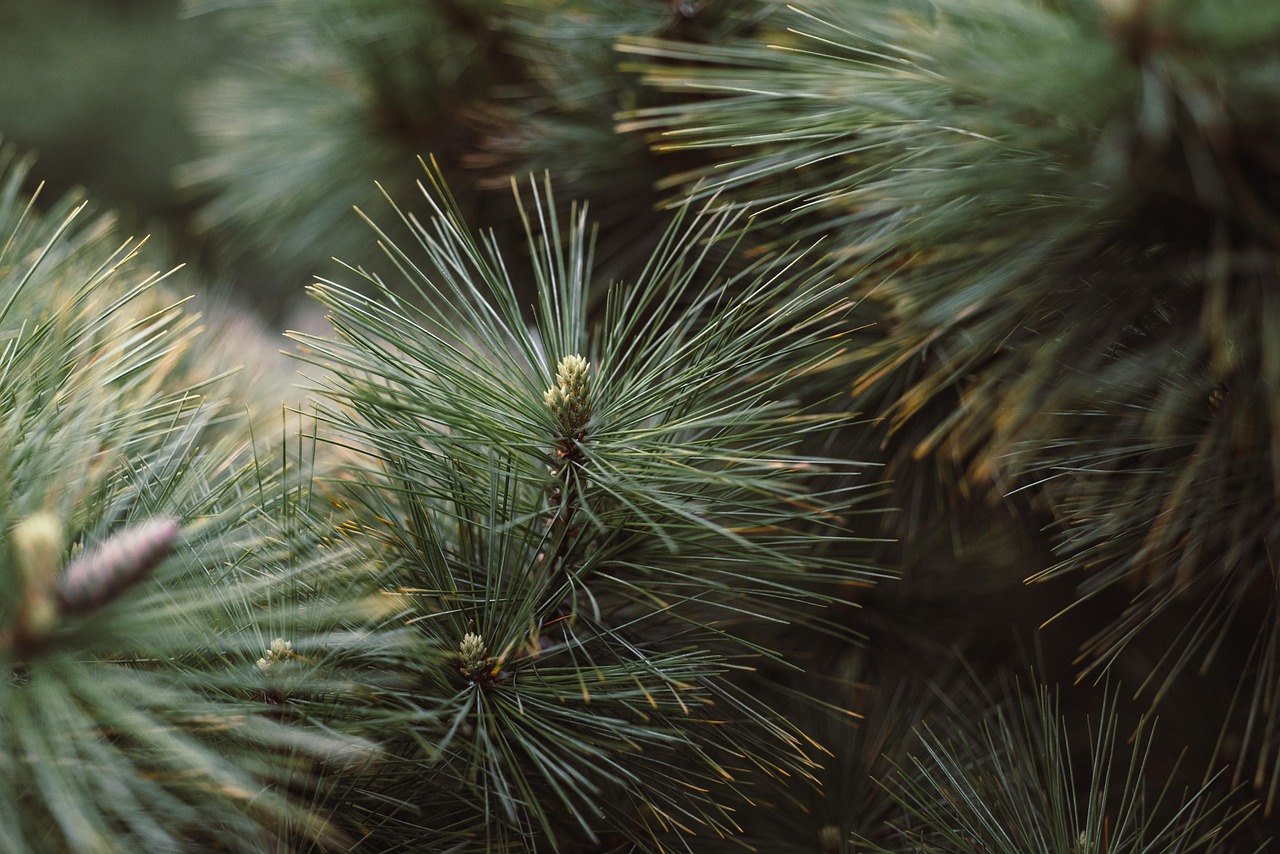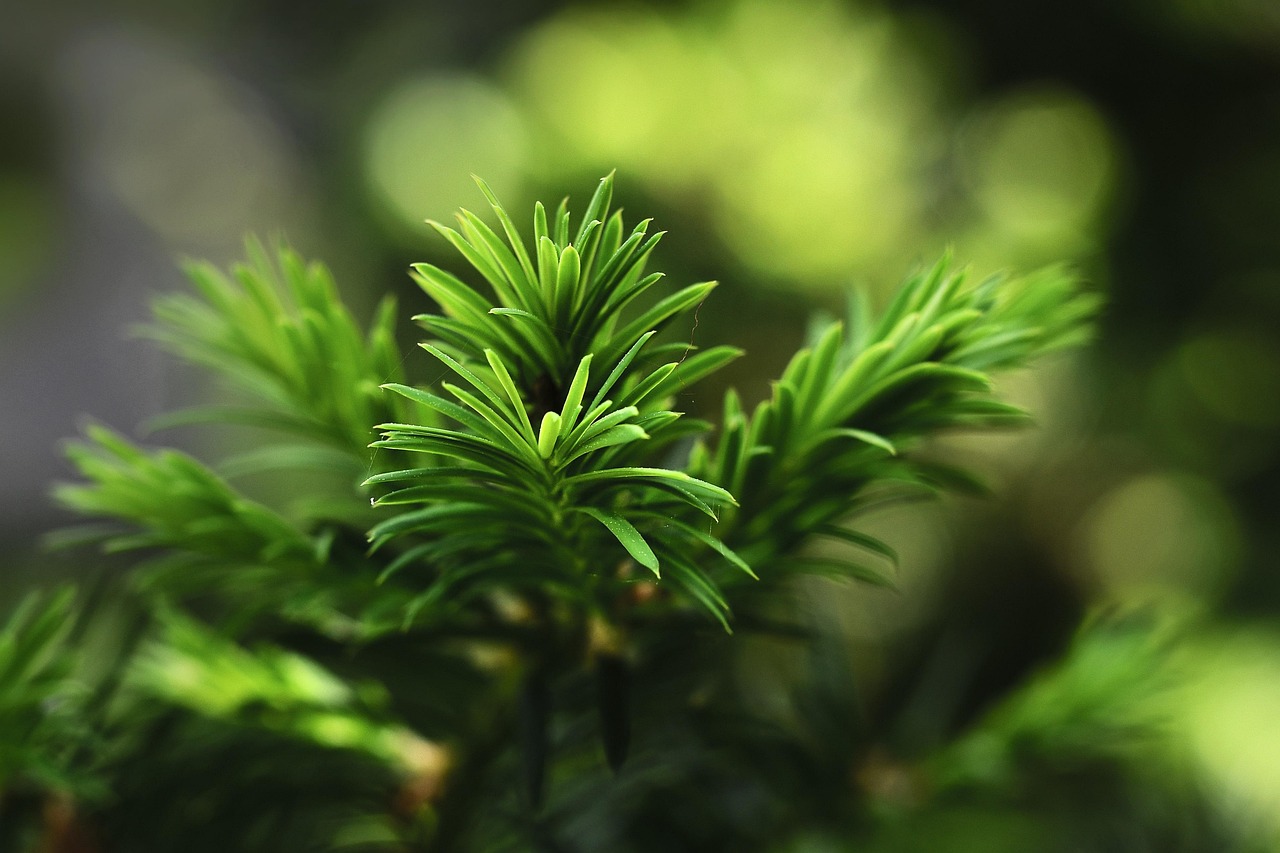Small evergreen shrubs are perfect for adding color and life to shaded areas in your garden. These tiny titans thrive in low-light conditions while providing year-round greenery and texture.
Gardening in shady spots can be challenging, but small evergreen shrubs offer a solution. They not only fill empty spaces but also enhance the beauty of darker areas. These shrubs contribute to the overall design of your landscape, making them an essential choice for gardeners looking to maximize their outdoor spaces.

Small evergreen shrubs come in various sizes, shapes, and colors. They can serve multiple purposes, from ground cover to border plants. Their ability to retain foliage throughout the year makes them particularly valuable in creating a lush and inviting environment.
Before selecting the right shrubs for your shaded areas, it is important to consider their light requirements, growth habits, and overall maintenance. Some may require more attention than others, while some are exceptionally low-maintenance. Here are a few key factors to keep in mind:
| Factor | Details |
|---|---|
| Light Requirements | Some shrubs thrive in full shade, while others prefer partial shade. |
| Soil Type | Well-drained soil is essential for healthy growth. |
| Watering Needs | Regular watering is crucial, especially during dry spells. |
| Growth Rate | Some shrubs grow slowly, while others can reach maturity quickly. |
Choosing the Right Small Evergreen Shrubs for Shade
When selecting small evergreen shrubs for shaded areas, consider the specific conditions of your garden. The amount of shade, type of soil, and climate all influence which plants will thrive. Below are some popular options that perform well in low-light environments:
- Boxwood (Buxus spp.): This classic evergreen shrub is known for its dense foliage and versatility. Boxwoods can be easily shaped and are excellent for hedges or borders.
- Japanese Holly (Ilex crenata): With small, glossy leaves, Japanese Holly is a great choice for adding texture. It is tolerant of shade and can adapt to various soil types.
- Dwarf Yew (Taxus spp.): Dwarf Yews are compact and hardy. They thrive in shaded areas and provide a rich green color year-round.
- Creeping Juniper (Juniperus horizontalis): Ideal as a ground cover, Creeping Juniper spreads easily and is perfect for filling in gaps in shaded spaces.
Each of these shrubs offers unique characteristics that can complement your garden’s aesthetic. They can also act as a backdrop for flowering plants or ornamental grasses, enhancing the overall design of your outdoor space.
As you plan your garden, remember that even small evergreen shrubs require proper care. Regular pruning can help maintain their shape and promote healthy growth. Additionally, mulching around the base can improve moisture retention and suppress weeds.
Your choice of small evergreen shrubs will establish a foundation for a beautiful garden that thrives in the shade. By selecting the right varieties, you can create a vibrant landscape that remains inviting throughout every season.
Benefits of Small Evergreen Shrubs in Shady Areas
Small evergreen shrubs are not only aesthetically pleasing but also offer numerous benefits for shaded areas in the garden. These advantages can help transform dark spots into vibrant landscapes. Here are some key benefits of incorporating these plants into your outdoor space:
- Year-Round Foliage: Unlike deciduous plants, evergreen shrubs retain their leaves throughout the year. This provides a consistent green backdrop, even during winter months when other plants may be bare.
- Low Maintenance: Many small evergreen shrubs require minimal care once established. They are often drought-tolerant and resilient, making them suitable for busy gardeners.
- Wildlife Habitat: These shrubs provide shelter and food for various wildlife species. Birds and beneficial insects are attracted to the cover and berries that some evergreen shrubs produce.
- Soil Erosion Control: The root systems of evergreen shrubs help stabilize soil, preventing erosion in shady areas where water runoff may be an issue.
Popular Varieties of Small Evergreen Shrubs for Shade
Selecting the right varieties is essential for maximizing the beauty and health of your garden. Here are some popular small evergreen shrubs that thrive in shaded conditions:
- Cloud Nine Boxwood (Buxus microphylla ‘Cloud Nine’): This compact boxwood variety is perfect for small spaces. It grows to about 2 feet tall and 3 feet wide, making it ideal for borders or foundation plantings.
- Green Mountain Boxwood (Buxus ‘Green Mountain’): This upright variety has a pyramidal shape and can reach up to 3 feet tall. Its resistance to disease makes it a reliable choice for shaded gardens.
- Emerald Green Arborvitae (Thuja occidentalis ‘Smaragd’): This narrow evergreen reaches heights of 10 to 15 feet but can be kept smaller with pruning. Its dense foliage provides excellent privacy screening.
- Creeping Phlox (Phlox subulata): While not a shrub in the traditional sense, this ground cover offers evergreen foliage and beautiful spring blooms, adding color to shaded areas.
Creating a Layered Landscape with Shrubs
A well-designed landscape often includes various layers of plants, which can create depth and interest. Small evergreen shrubs can serve as foundational plants within this layered design. Here are some tips on how to incorporate them effectively:
- Place Tall Plants at the Back: If you’re designing a bed against a wall or fence, place taller shrubs like Emerald Green Arborvitae at the back. This creates a backdrop for shorter plants.
- Add Mid-Height Shrubs: Include mid-height shrubs such as Japanese Holly in the middle layer. They will fill in the space between tall and low-growing plants.
- Use Low-Growing Ground Covers: At the front of the bed, use low-growing ground covers like Creeping Juniper or Creeping Phlox to soften the edge and reduce maintenance.
This layered approach not only enhances visual appeal but also allows for better light distribution among the plants, improving overall health and growth.
Caring for Small Evergreen Shrubs
Proper care is essential to keep your small evergreen shrubs thriving in shady areas. Here are some care tips to consider:
- Watering: Ensure consistent moisture, especially during dry spells. Deep watering helps establish strong roots.
- Fertilizing: Use a slow-release fertilizer in early spring to support healthy growth. Be cautious not to over-fertilize, which can harm the plants.
- Pruning: Light pruning after flowering can help maintain shape and remove any dead or damaged branches.
By following these care practices, you can ensure that your small evergreen shrubs continue to thrive and enhance the beauty of your shaded garden spaces.
Designing with Small Evergreen Shrubs

Integrating small evergreen shrubs into your garden design can significantly enhance the aesthetics and functionality of shaded areas. Their versatility allows them to be used in various landscaping styles, from formal gardens to more naturalistic settings. Understanding how to effectively design with these plants can create a cohesive and appealing outdoor space.

Creating Focal Points
Small evergreen shrubs can serve as focal points in your garden. By strategically placing them, you can draw attention to specific areas or features. Here are a few tips for utilizing small evergreens as focal points:
- Contrast in Height: Use taller varieties like Green Mountain Boxwood as a centerpiece surrounded by shorter plants. This creates a visually striking arrangement.
- Color Variation: Consider using shrubs with different leaf textures and colors. The contrasting hues can highlight the beauty of each plant while enhancing the overall design.
- Group Planting: Plant three or five shrubs together in a cluster to create a more dynamic focal point. Odd numbers tend to be more visually appealing.
Using Evergreens for Privacy and Screening
Small evergreen shrubs can also be an effective solution for creating privacy in your garden. They act as natural barriers, blocking unwanted views while adding greenery. Here are some popular options for privacy screening:
- Dwarf Yew: This shrub offers dense foliage, making it perfect for creating a privacy screen without taking up too much space.
- Emerald Green Arborvitae: Though taller, they can be pruned to maintain a smaller size while providing excellent coverage.
- Japanese Holly: Its dense growth habit makes it an ideal choice for low hedges that provide privacy without overwhelming the landscape.
Enhancing Pathways and Borders
Incorporating small evergreen shrubs along pathways and borders can enhance the structure of your garden. Consider these ideas for effective placement:
- Define Edges: Use small evergreens to outline garden beds or pathways, creating clear boundaries that guide visitors through your space.
- Add Texture: Mix different evergreen varieties to create varied textures along borders. This adds depth and visual interest.
- Seasonal Interest: Choose varieties that provide seasonal changes, such as spring flowers or fall color variations, to keep borders lively throughout the year.
Companion Planting with Small Evergreens
Companion planting can enhance the growth and health of small evergreen shrubs. Pairing them with compatible plants creates a harmonious environment. Here are some suitable companions for your evergreen shrubs:
- Shade-Loving Perennials: Consider planting shade-tolerant perennials like Hostas or Ferns at the base of your evergreens for added texture and color.
- Flowering Plants: Combine evergreens with flowering plants such as Astilbe or Bleeding Heart to create seasonal blooms against the backdrop of green foliage.
- Ground Covers: Add ground covers like Creeping Thyme or Sweet Woodruff around your shrubs to suppress weeds and enhance moisture retention.
By employing companion planting techniques, you can promote biodiversity within your garden, leading to healthier plants overall.
Considerations for Garden Conditions
When designing with small evergreen shrubs, it is crucial to consider the specific conditions of your garden. Factors such as soil type, moisture levels, and microclimates will influence plant choices. Here are some considerations to keep in mind:
- Soil Quality: Ensure that the soil is well-draining yet retains enough moisture for healthy growth. Amendments may be necessary for optimal conditions.
- Moisture Levels: Pay attention to areas that may retain water. Select shrubs that are tolerant of moist conditions if necessary.
- Microclimates: Observe variations in light and temperature throughout your garden. Some areas may receive more shade or warmth, affecting plant selection.
Understanding these factors will help you make informed decisions when selecting and placing small evergreen shrubs in your landscape design.
Integrating Small Evergreen Shrubs into Your Landscape

When it comes to enhancing your garden’s appeal, small evergreen shrubs for shade are invaluable. Not only do they provide structure and year-round beauty, but they also improve the overall health of your landscape. Their ability to thrive in low-light conditions allows for creative landscaping solutions in areas that may otherwise remain bare or neglected.
To maximize the impact of these shrubs, consider their placement within a broader landscape framework. Incorporating diverse plant types, including flowers, ground covers, and ornamental grasses, can create a dynamic visual experience. Small evergreen shrubs can serve as the backbone of this design, anchoring the other elements and providing a consistent color palette.
Creating Seasonal Interest
While small evergreen shrubs are primarily valued for their year-round foliage, they can also be part of a design that incorporates seasonal interest. Pairing them with flowering perennials or seasonal bulbs can enhance the landscape as each plant takes its turn to shine throughout the year. Here are some ideas to create seasonal interest:
- Spring Blooms: Plant spring-flowering bulbs like daffodils or tulips near your evergreens. Their vibrant colors will stand out against the green backdrop.
- Summer Color: Consider adding summer-blooming perennials such as daylilies or coneflowers to bring a splash of color during the warmer months.
- Fall Foliage: Select companion plants that change color in the fall, such as certain ornamental grasses, to complement the evergreen backdrop.
- Winter Structure: Use evergreens to maintain visual interest during winter months. Their form and texture will enhance the landscape even when other plants are dormant.
Environmental Benefits of Small Evergreen Shrubs
In addition to their aesthetic contributions, small evergreen shrubs play a significant role in environmental stewardship. They provide numerous ecological benefits that can enhance your garden’s health and biodiversity:
- Carbon Sequestration: Evergreens absorb carbon dioxide from the atmosphere, helping to mitigate climate change.
- Soil Improvement: Their root systems help aerate the soil and improve drainage, encouraging beneficial microbial activity.
- Pollinator Support: Many evergreen shrubs produce flowers that attract pollinators, supporting local ecosystems.
- Wildlife Habitat: These shrubs provide shelter and food sources for various wildlife species, contributing to biodiversity.
Final Thoughts
Small evergreen shrubs for shade are truly tiny titans in the garden. They offer beauty, versatility, and numerous environmental benefits that make them essential components of any landscape design. By selecting the right varieties and employing thoughtful design strategies, you can transform dark spots into lush, vibrant areas that thrive throughout the seasons.
As you plan your garden, remember to consider not only the aesthetic qualities of these shrubs but also their ecological impacts. By integrating small evergreen shrubs into your landscape, you are making a choice that benefits both your outdoor space and the environment.
With proper care and thoughtful placement, these resilient plants can anchor your garden design while providing a backdrop for seasonal beauty. Whether you seek to create privacy, enhance pathways, or simply add texture to shaded areas, small evergreen shrubs are a reliable choice that will serve you well for years to come.
In conclusion, embracing the use of small evergreen shrubs opens up a world of possibilities for shaded areas in your garden. As you explore your options, consider how these tiny titans can help you create an inviting and sustainable outdoor space.
